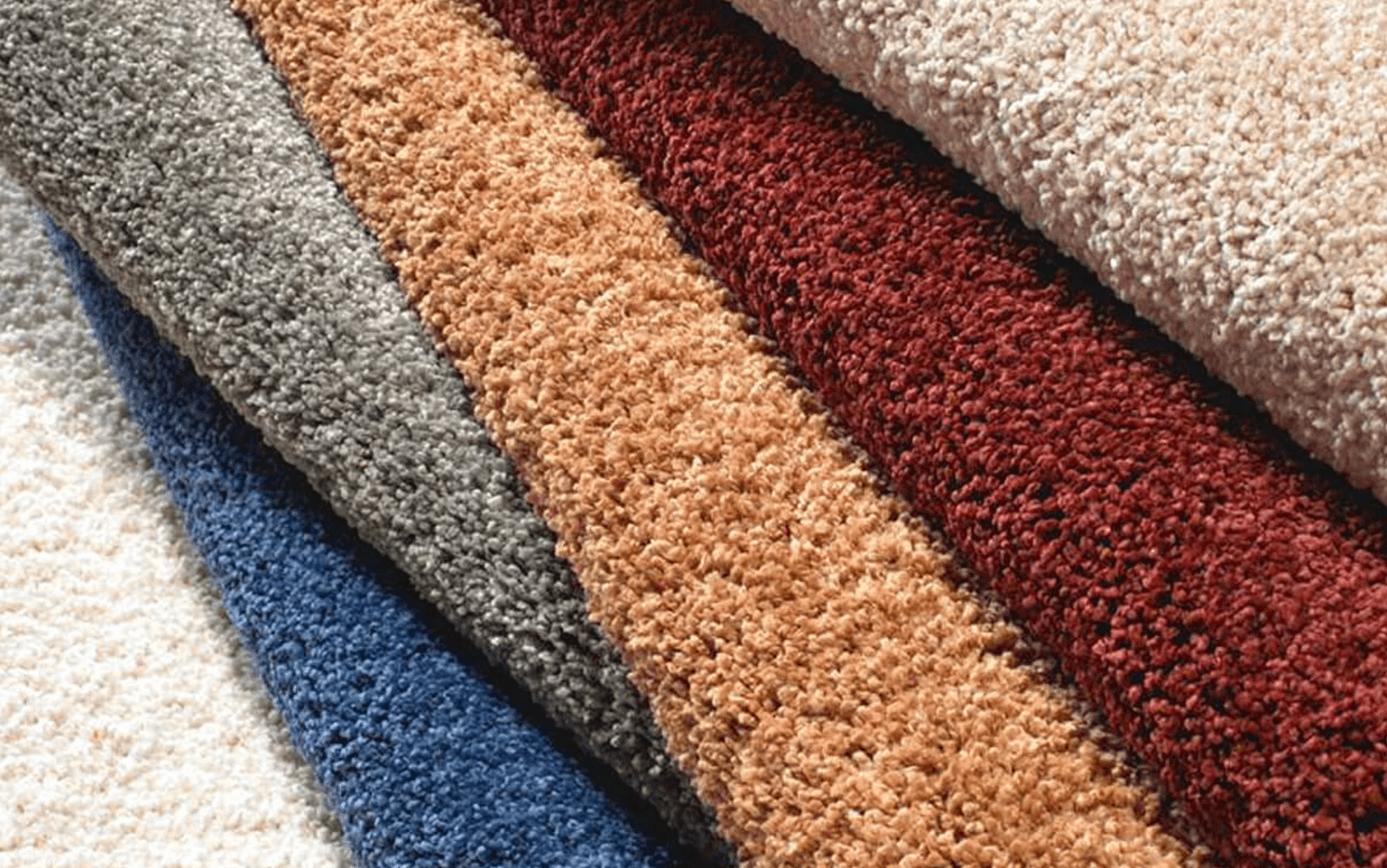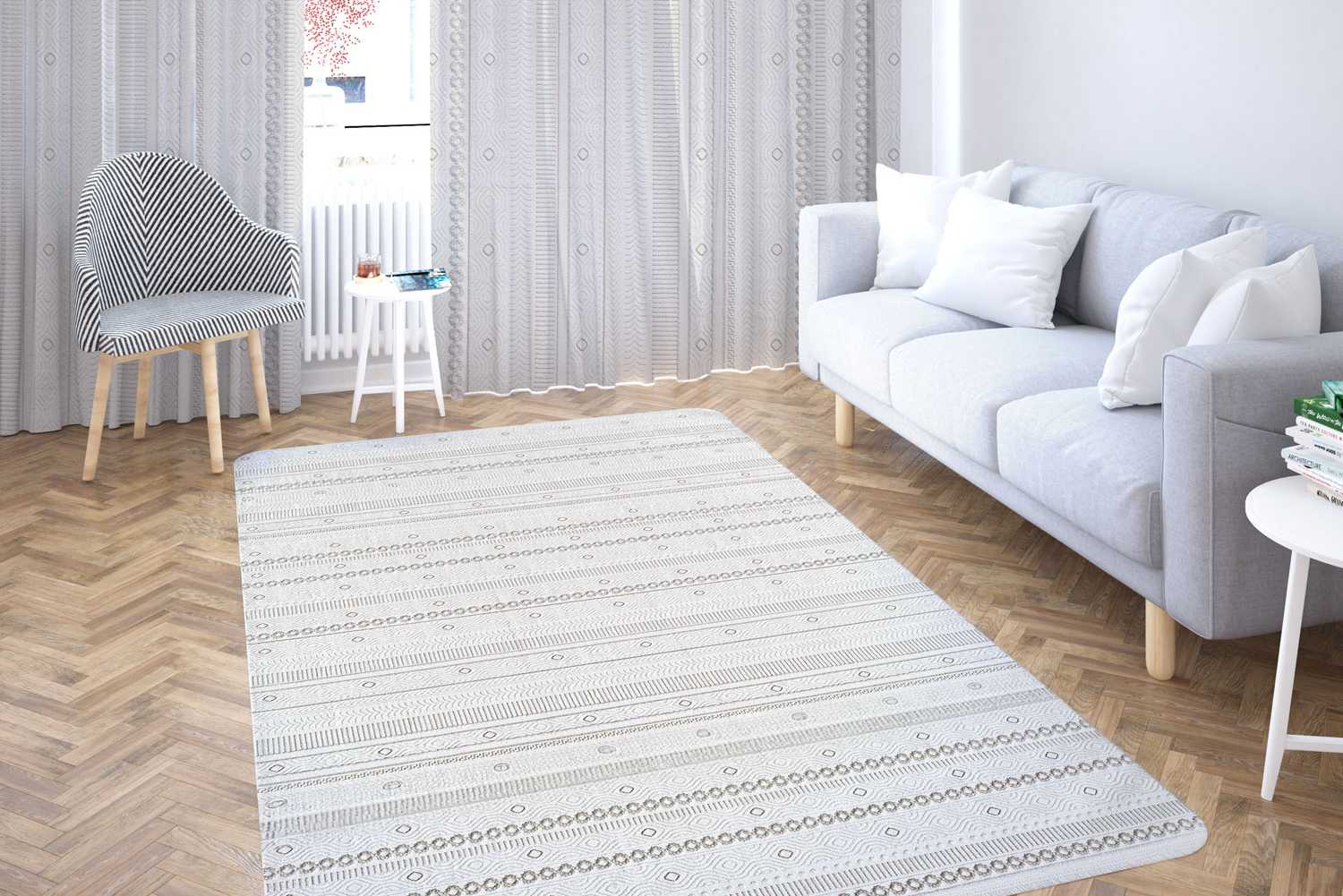Carpets can indeed make your room feel warmer, both literally and figuratively. Beyond just the physical warmth they provide underfoot, carpets also add a cozy ambiance to any space. By insulating against cold floors, carpets help to retain heat, making rooms feel more comfortable, especially during colder months. Additionally, carpets act as sound absorbers, reducing echoes and noise, which can contribute to a sense of warmth and tranquility in a room. Moreover, the aesthetic warmth of a well-chosen carpet can transform the look and feel of a space, adding layers of texture, color, and personality that make a room feel inviting and homely. So, whether it's the physical warmth underfoot or the cozy atmosphere they create, carpets undoubtedly play a significant role in making a room feel warmer and more welcoming.
Saving Energy Costs With Carpet
Carpeting isn't just about style and comfort; it can also be a savvy way to save on energy costs. Carpets act as a natural insulator, helping to trap heat in the room and prevent it from escaping through the floor. This means your heating system doesn't have to work as hard to maintain a comfortable temperature, ultimately reducing your energy consumption and lowering your heating bills. Additionally, carpets can help to keep rooms cooler in the summer by providing a barrier against hot air from below. By investing in quality carpeting and ensuring proper installation, you can maximize these energy-saving benefits while enjoying a cozy and inviting living space all year round.
Does carpet make a room hotter
Carpeting can indeed make a room feel warmer, but whether it actually increases the room's temperature depends on various factors. Carpets act as insulation, trapping heat and preventing it from escaping through the floor. This insulation effect can make the room feel warmer, especially during colder months, as it reduces heat loss to the subfloor. However, in warmer climates or during hot summer days, carpets can also retain heat, potentially making the room feel hotter. Additionally, the color and material of the carpet can influence its heat-absorbing properties. Dark-colored carpets tend to absorb more heat from sunlight, while lighter-colored carpets reflect more heat. Ultimately, while carpets can contribute to a cozy ambiance and insulation, they may also impact the perceived temperature of a room depending on environmental factors and personal preferences.
Is carpet a good thermal insulator?
Yes, carpet is indeed a good thermal insulator. Carpets act as a barrier against heat loss through the floor, helping to keep rooms warmer during cold weather. The fibers of the carpet trap air, which is a poor conductor of heat, creating a layer of insulation between the room and the floor. This insulation effect not only helps to maintain a comfortable temperature but also reduces the need for heating, ultimately saving energy and lowering heating costs. Additionally, carpets can also provide insulation against heat transfer from the floor in warmer climates, helping to keep rooms cooler during hot weather. Overall, carpeting is an effective thermal insulator that contributes to the comfort and energy efficiency of a home.
How much warmer is a room with carpet?
The extent to which a room feels warmer with carpet varies depending on several factors. Generally, carpets provide insulation against cold floors, which can make the room feel noticeably warmer, particularly during colder months. The insulation properties of carpeting help to retain heat within the room, preventing it from escaping through the floor. As a result, rooms with carpeting may feel several degrees warmer compared to rooms with hard flooring surfaces. Additionally, carpets also add a layer of softness and comfort underfoot, which contributes to the overall perception of warmth in the room. However, it's essential to consider other factors such as room size, carpet thickness, and the presence of other insulation measures when assessing the impact of carpet on room temperature. Overall, while carpets can make a room feel warmer, the exact difference in temperature may vary depending on various factors.
What carpet is best for insulation?
When it comes to insulation, certain types of carpet perform better than others. Generally, dense carpets with thicker fibers provide better insulation because they trap more air, which is a poor conductor of heat. Wool carpets are known for their excellent insulation properties due to the natural crimp in wool fibers, which creates air pockets that help to retain heat. Additionally, carpets made from synthetic materials like nylon or polyester can also offer good insulation, especially if they have a dense pile and thick underpadding. Berber carpets, with their tight loop construction, are another excellent choice for insulation as they provide added warmth and comfort underfoot. Ultimately, the best carpet for insulation depends on factors such as fiber type, pile density, and thickness, so it's essential to consider these factors when selecting a carpet for your home.






